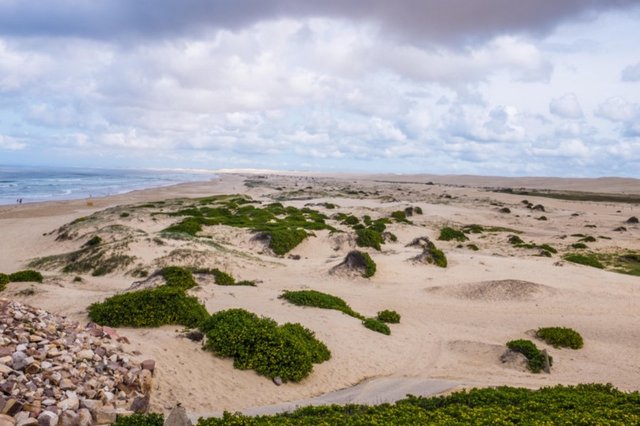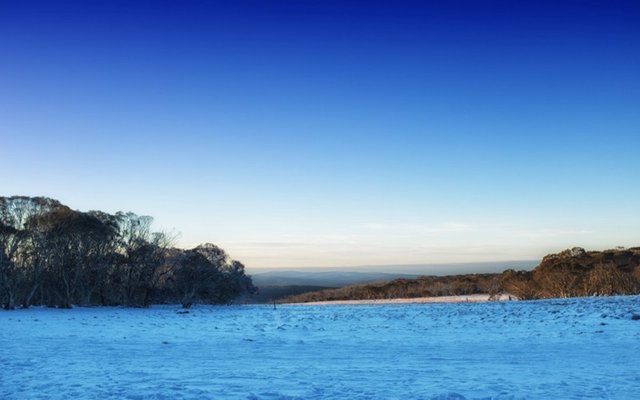A gentle guide to hiking
Hiking is an empowering and transformative experience, it allows you to appreciate nature in its purest form and treasure the little things in life that you have taken for granted (1). Mustering up the courage to set out can be quite nerve wracking, filled with fears and doubts. But as soon as you set your foot out the door, I promise it will all be worthwhile.
Fitness
As a general rule, start by assessing your level of fitness.
If you are extremely unfit, gradually work up by pushing yourself a little each time. Perhaps you could start with the park. Have a little wander around, commune with nature, taste the fresh air that your lungs are craving for.
Once it feels like a walk in the park (pun intended), then it is time to move on to a bigger park, such as the Botanical Garden.
When your mini adventures are easily accomplished, you can kick up a notch by walking with a backpack along the beach. Aim for a 2 to 3 hours walk with 2 litres of water.
Gears and equipments
If you are uncertain whether you are carrying too many gears or not enough, the best way is to test it out.
Pack as much as you feel is needed for the long trip, and take a walk around the Botanical Garden, Central Park etc… Chances are your brain will tell you things like “I wish I did not bring the 3kg tripod with me” or “I should have brought the sunscreen”.
At the end of the day, you will know exactly what you need in your pack.
When in doubt, pack more water.
Depending on the distance of your hike, weather, landscape and such. My suggestion for a typical day hike are:
- Day Hike
- The essentials
- Hiking Boots / Trail running shoes / Runners
- Backpack
- Hydration pack / Water bottle
- Light snack
- Sunscreen (2)
- Sport sunglasses
Just in case:
- Lighter
- First aid kit (3)
- Rain jacket
- Fleece jacket
- Biodegradable toilet paper
Overnight / Multi-day hike
Multi-day hikes are much more tougher than a simple day hike. This should only be attempted once you have learnt all the basic survival skills in the wild.
- How to start a fire: If you have matches or a lighter, starting a fire is a simple process. However, keeping it alive during rain is another matter.
- Navigation skills: How well can you position yourself using a map and compass? What’s the difference between magnetic North and True North?
- Finding and purifying water: Can you determine what is drinkable water?
- Learn the basic knots: Knots are essential, especially when you need to set up your shelter or a trap.
- Swimming: Yes you are hiking up high on the mountain, but you could also fall into a hidden lake or a giant puddle that was left behind by Big Foot. If swimming is not your thing and you have tried your best, at least learn to float.
- How to use a knife: You could peel an apple, but can you fillet a fish? Make a spear? Carve a spoon?
- Set up a shelter/tent: Have you read thoroughly all the instructions that came with setting up the tent? Have you tried setting it up during a stormy night with limited light source?
- Preparing a meal: It all sounds good in theory until your food is burnt
- Stay warm at night
- Stay hydrated
The overnight packing essentials
- Backpack
- Pack Cover
- Tent, tarp, or hammock
- Sleeping Bag
- Knife: Neck vs survival
- Water: Bag vs Bottle
- Water treatment & purification
- Light: Headlamp vs Flashlight/torch
- Fire starting gear: Lighter vs Igniter vs Matches
- First Aid Kit
- Food
- Cookware: Pot, pan, and stove.
- Stuff sack
- Headwear: Bandana / Buff / Shemagh / Gamucha
- Utensils: Spork, chopsticks, fork
- Sleeping mat
- Rain Jacket
- Fleece Jacket
- Boots / Sneakers
- Biodegradable toilet paper
- Toothbrush
- Navigational gear
Good to have
- Food Bag
- Nylon Cord
- Long Underwear
- Spare shirt
- Spare socks
- Money
- Flip flops / sandals
- Notebook
- Personal ID
- Garbage Bag
- Guidebook
- Pencil
- Camera
- An axe
- Toothpaste (4)
If you must
- Ground Cloth
- Gaiters
- Solar & portable power
- Shorts
Waste of space
- Rain Hat
- Waistpacks
- Stool
- Pillows
- Poncho
The general rule of thumb is: When in doubt, bring more water. If it gets too heavy along the way and it is taking on toll on you, why not reward yourself by pouring the excessive amount on your head to cool you off?
Remember: A little curiosity goes a long way.
Footnote
- Mom’s cooking, dog’s wagging tail, heated toilet seat…just to list a few
- I’m from Australia, so the phrase “Slip slop slap” were the first words I learned before “dada” or “mama”
- Or at least a couple of bandaids
- Woah woah, this must be a mistake. You have a toothbrush in the essential list but toothpaste in the good-to-have. Well no I’m not. Toothpaste are generally used for … brushing your teeth, but there are other alternatives such as Sea Salt, coconut oil, baking soda…And unlike toothpaste, these have multiple uses


Hi! I am a robot. I just upvoted you! I found similar content that readers might be interested in:
https://medium.com/@tiennguyen.me/a-gentle-guide-to-hiking-f7e0f8c9fab6
Congratulations @tiennguyen! You have received a personal award!
Click on the badge to view your own Board of Honor on SteemitBoard.
Congratulations @tiennguyen! You received a personal award!
You can view your badges on your Steem Board and compare to others on the Steem Ranking
Do not miss the last post from @steemitboard:
Vote for @Steemitboard as a witness to get one more award and increased upvotes!